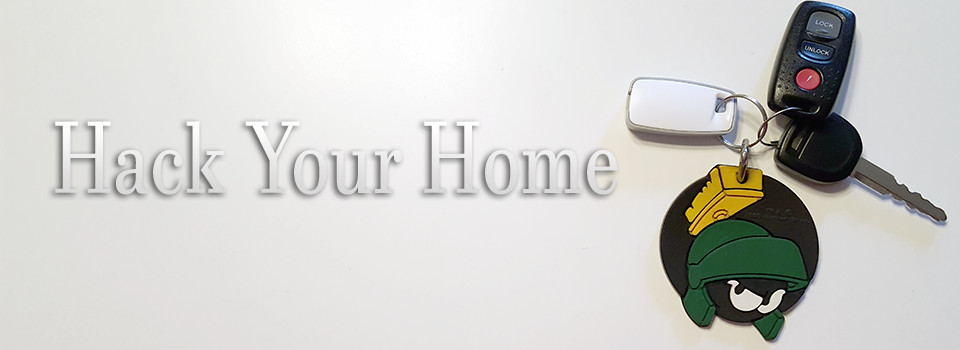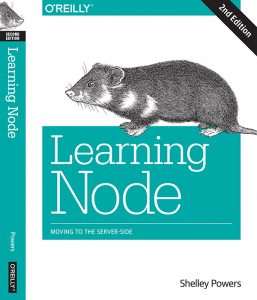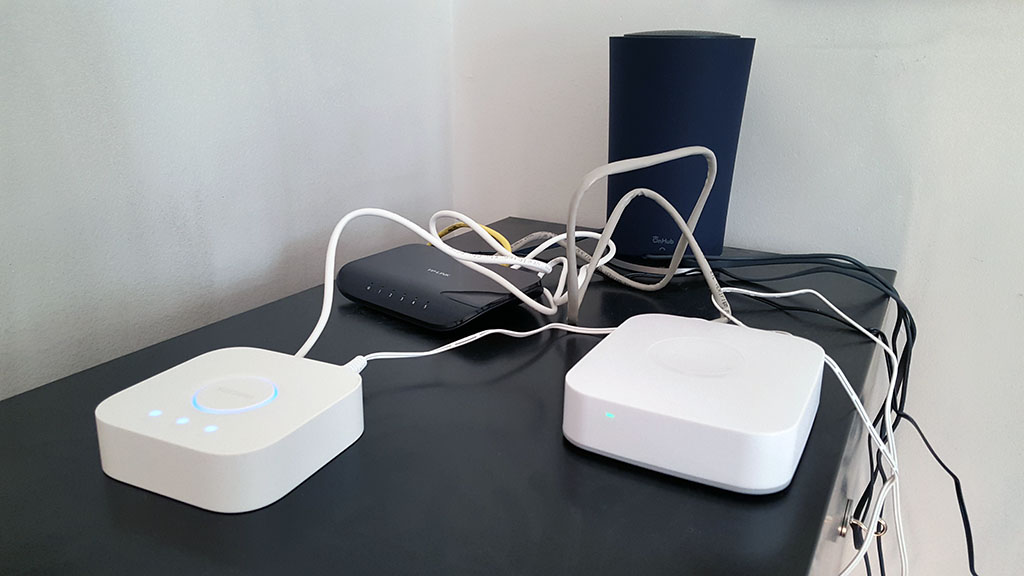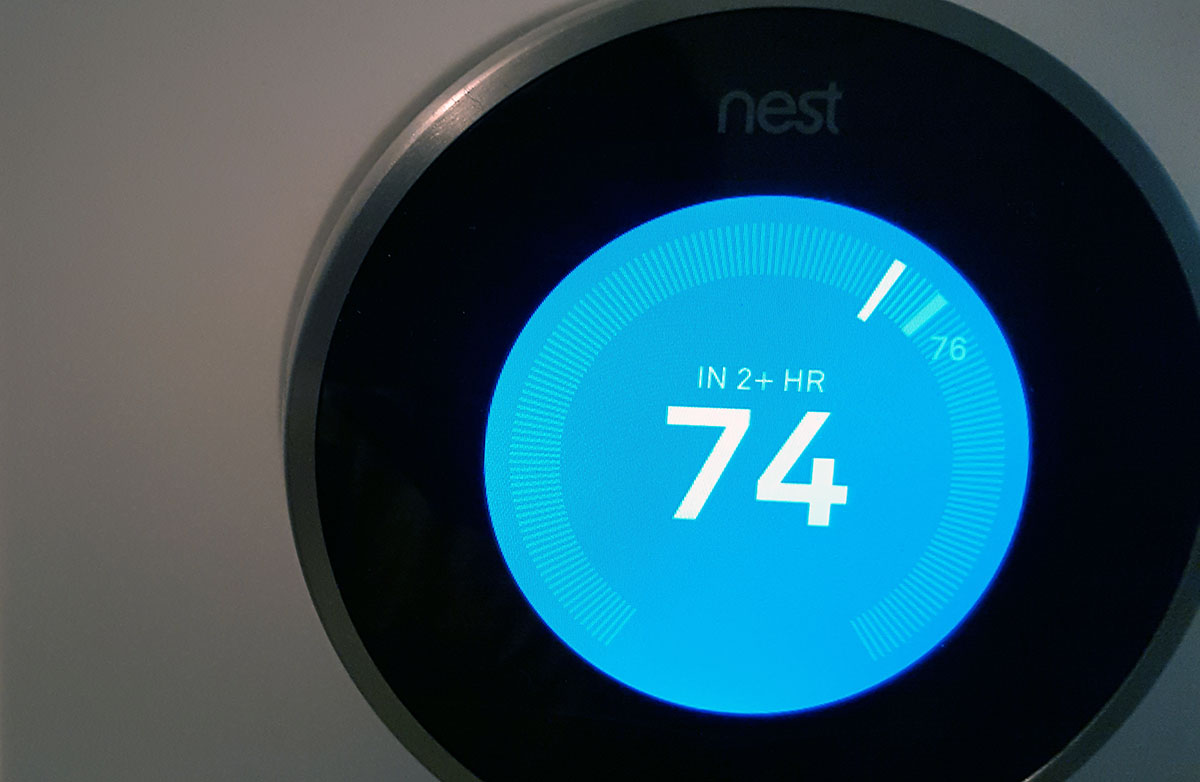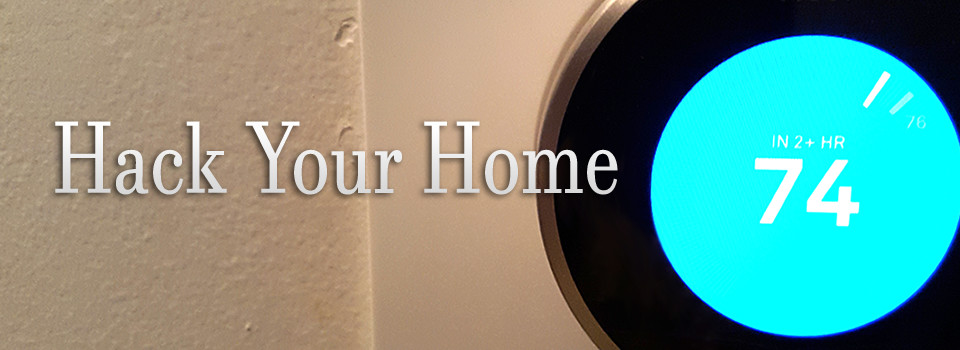When last we left our intrepid, if challenged, SmartThings home hub, it was not having the best of times.
CNet picked up my previous story, and expanded on it in an article titled Samsung’s smart home push hits disconnect. In addition, researchers exposed what they considered to be serious security flaws with the hub.
Multiple issues exist in SmartThings’ framework, the researchers say, but most pressing are the privileges given to apps, many of which they don’t need to function. A smart lock might only need the ability to lock itself remotely, for instance, but the SmartThings API bundles that command with the unlock command, which an attacker can leverage to carry out a physical attack. Another over-granting of permissions involves the way in which SmartApps connect to physical devices. When a user downloads a SmartApp, it asks for specific permissions to perform its intended purpose. After being installed, SmartThings then lists all the devices that could be used with that app because of its ability to sync with those permissions. But it also gives the app more access than it needs.
In response, SmartThings CEO Alex Hawkinson apologized in the SmartThings community forum, promising improvements. He also posts a weekly update (the latest) about what improvements have been pushed out that week. In addition, the company recently hired Amazon’s former director of engineering, Robert Parker, to oversee the improvements.
As a result, SmartThing users have been seeing an improvement in the hub. We’re no longer seeing the “red bar of death” that used to be so common in the Android app. In addition, performance has improved, including better detection of presence, as well as quicker response to actions. Scheduled events actually run on schedule, after months of erratic behavior.
Hawkinson also responded to the security concerns:
A research report entitled “Security Analysis of Emerging Smart Home Applications” was released this morning by a team from the University of Michigan and Microsoft Research. The report discloses hypothetical vulnerabilities in the SmartThings platform and demonstrates how, under certain circumstances, they could be exploited. Over the past several weeks, we have been working with this research team and have already implemented a number of updates to further protect against the potential vulnerabilities disclosed in the report. It is important to note that none of the vulnerabilities described have affected any of our customers thanks to the SmartApp approval processes that we have in place.
The system has stabilized enough that some of us are tentatively moving back into the world of the Smart Home Monitor—the golden child of the SmartThings network, responsible for security. It is this application that had the most faulty behavior, with frequent false alarms, and not being able to manually arm or disarm the system.
I turned on SHM last week for the first time in over two months. Unfortunately, I also had a false alarm at exactly 5:04 AM last Thursday, when one of my monitors detected movement where there was none. However, I do believe this is more the monitor (I’ve had some issues with SmartThings own motion sensors in the past)—perhaps reacting to a spider, or air flow eddies—and not the application or the hub. I’ve switched to a different motion sensor (the Fibaro Motion Sensor), and so far no additional false alarms.
We can now easily arm and disarm the SHM security system. When the security alert did go off, all the appropriate lights and alarms were triggered, and notifications sent. In addition, when I dismissed the alert, the alarms were immediately silenced, though I had to turn off all the lights manually.
There are still issues with the SmartThings Hub. The biggest concern is that most of the activity related to the Hub occurs within the cloud rather than locally. This means that if we lose internet connectivity—something that happens daily for me during the hottest part of the day in the summer—automatic actions that should still function, don’t.
We also still don’t have Rule Machine, the extremely popular community-developed application, and no idea if it will ever return.
Still, I’ll take the improvements we’ve received, and the promise of more.
I’m moving the SmartThings Hub from “hold on buying” to, “OK, you can give it a try, but don’t go crazy buying devices just yet”.

